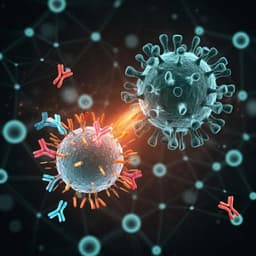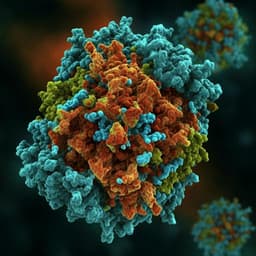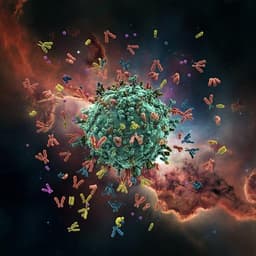
Biology
Broadly neutralizing antibodies against COVID-19
D. Zhou, J. Ren, et al.
Explore the cutting-edge research by Daming Zhou and colleagues on the challenges posed by SARS-CoV-2 mutations and the promise of broadly neutralizing monoclonal antibodies to maintain therapeutic efficacy. Discover how these innovative treatments can play a crucial role in combating COVID-19 variants.
Playback language: English
Related Publications
Explore these studies to deepen your understanding of the subject.







